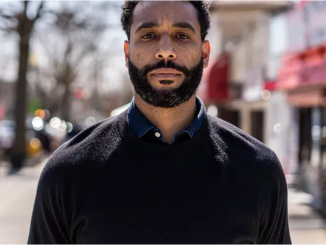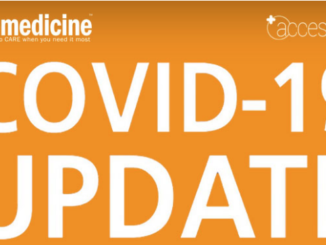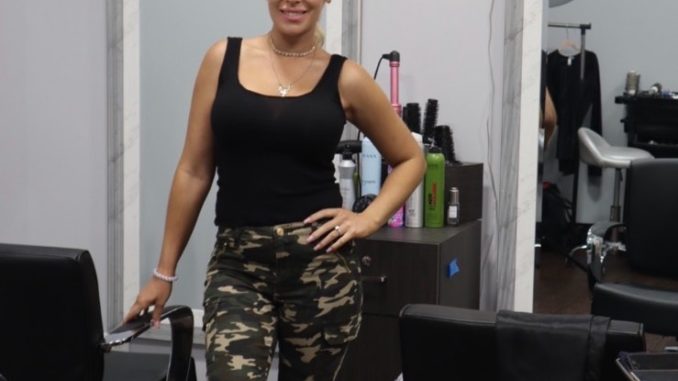
For cafe owner Gloria Rivera, not knowing is the worst part. It’s been weeks since she applied for a $10,000 loan through the federal government’s COVID-19 relief program, and yet her bank account remains empty. The bills are piling up; her landlord is breathing down her neck.
After more than two decades as a sole proprietor, Rivera, of East Meadow, N.Y., doesn’t know if she’ll be able to reopen as social distancing rules are lifted.
“Loans for mom and pops, that’s what everyone was talking about, not corporations,” Rivera said of the federal government’s COVID-19 assistance. “They have done nothing to help us.”
In late March, Congress approved the Coronavirus Aid, Relief, and Economic Security Act, known as the CARES Act, setting aside $376 billion in funding for American workers and small businesses. The idea was to get money quickly into the hands of such business owners so that they could pay staff and be ready to go once the economy reopened. Eligible business owners could apply for a $10,000 advance through the Economic Injury Disaster Loan, or EIDL, program or obtain forgivable loans through the Paycheck Protection Program, known as PPP. Both provided hope early on that small businesses would be able to survive the pandemic.
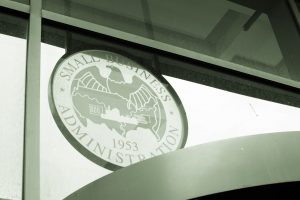
But it hasn’t turned out that way. Banks approved by the U.S. Small Business Administration to issue loans gave large companies funding, leaving little for smaller enterprises. In the first tranche of paycheck protection program loans, money was exhausted in two weeks, with much of it going to larger companies such as Shake Shack, DMC Global and Wave Life Sciences—in April, all three companies said they intended to return the millions they had received.
Even Harvard and Cornell universities landed funding, getting nearly $9 million and $12.8 million, respectively, though Harvard last month said it would not accept the money and Cornell said it would use the money to support students. Only 5% of small businesses that had applied for an economic injury disaster loan received money; just 25% got cash under PPP, according to a recent National Small Business Association survey. The smallest of small businesses were hurt the most. Only 18% of businesses with 10 or fewer employees were approved for PPP funding. That compares to 52% of businesses that have 20 or more workers.
Congress tried to improve the programs the second time around, but again the money is drying up quickly, leaving mom and pops out in the cold yet again. Funding Circle, an online lender that specializes in loans for small businesses, said tens of thousands of those businesses won’t have access to funding before the money runs out. The online lender has seen a 500% increase in PPP loan applications during the past week, with about 65% seeking less than $50,000.
“When you look at the breakdown of all the different entities in the country, the vast majority are the one- and two-person shops,” said Christopher Manske, president of Manske Wealth Manager and author of the upcoming book, “The Prepared Investor.” “When it comes to the crisis, they are absolutely the unspoken lost group.”
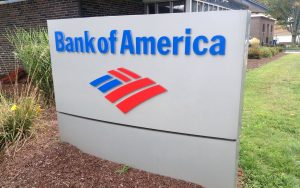
Hair salon owner Marissa Stissi, of Massapequa, N.Y., is yet another example of a tiny business that’s been unsuccessful in obtaining government help amid the pandemic. She applied for a $10,000 EIDL loan through Bank of America, but was turned down. She then sought help through PPP and is still waiting to hear back. All the while, her assistant sits home without pay, her business is shut down, and her landlord expects her to eventually cover the back rent.
Stissi is now considering opening her salon sooner than she’s comfortable doing. “If I got approved, I wouldn’t contemplate it as much,” she said. “I’m just annoyed by the whole thing. Small businesses, especially hair salons, are being ignored.”
Small business owners may have to be more aggressive if a third tranche is approved by Congress. With funding at risk of running out quickly again, Greg Ott, CEO of online lending marketplace Nav, said applying at several SBA-approved lenders at once can boost business owners’ odds.
State aid, meantime, is extremely limited. However, some major tech companies are stepping up to help. Facebook is offering small business grants, while GoFundMe and Yelp have teamed up to enable GoFundMe campaigns to automatically show up on Yelp profiles, enabling struggling small businesses to more easily accept donations. They also started the Small Business Relief Fund, which provides $500 matching grants to businesses that raise a minimum of $500 on GoFundMe. Companies are waiving advertising fees and subscriptions, and are finding other ways to provide financial assistance. Ott said many creditors and suppliers are willing to negotiate with their small business customers, realizing they need them for their own survival.
At the end of the day, the biggest positive impact is still most likely to come from the federal government.
“The stories we are hearing from small businesses are heartbreaking,” Ott said. “They are losing their livelihoods. I sure hope the government steps in for the common good and solves this problem with the next program.”
(Edited by Matthew Hall and Judy Isacoff)
The post Nation’s smallest small businesses get left behind during COVID-19 appeared first on Zenger News.




